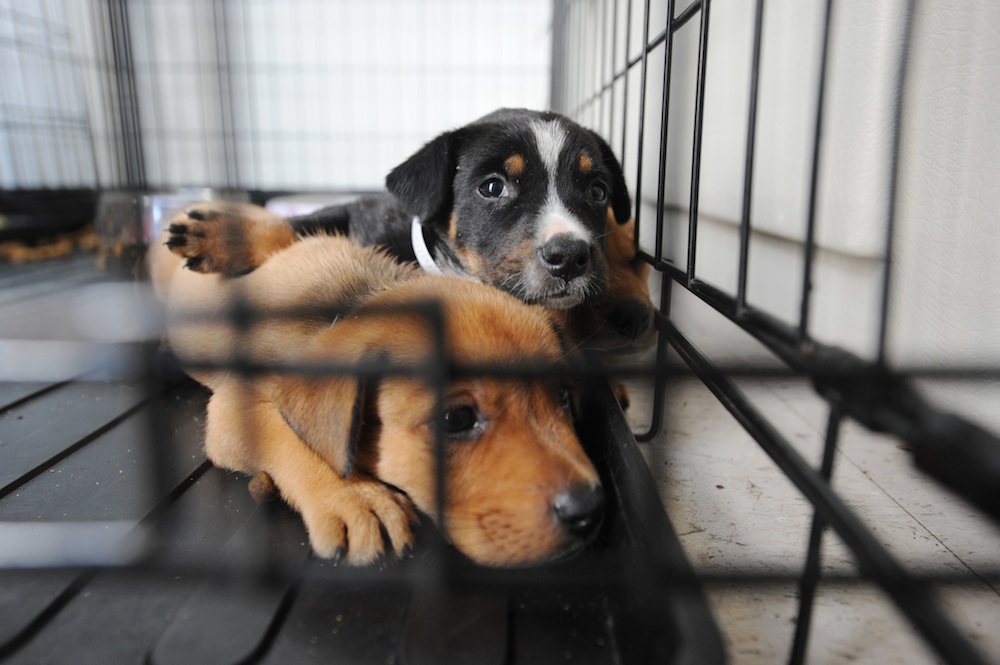Irene Evacuation: Preparing Your Pets

As the East Coast braces for potential high surf, rains and winds from Hurricane Irene, the Humane Society of the United States recommends that people build their pets into their evacuation plans.
"It is crucial that residents are prepared to take pets with them if asked to evacuate in the face of this potentially destructive storm," Laura Bevan, the Humane Society's Eastern regional director, said in a statement. "If it isn't safe for you, it isn't safe for your pets."
Irene, now a category 3 storm with winds of up to 115 miles per hour (185 kilometers per hour), is forecasted to travel up the East Coast of the U.S. through the weekend, potentially threatening coastal areas from the Carolinas to New England.
Even if there is no immediate evacuation order in your area, residents in potential hurricane impact zones are advised to take a few basic preparedness steps, including knowing where to go in the event of an evacuation, stocking up on food and water, and making sure important documents and medications are easy to access.
For people with pets, evacuation can be slightly more complicated. Many evacuation shelters don't accept pets, the Humane Society reported, so pet owners should check with their local animal shelter or emergency management service to find out if there will be pet-friendly shelters in the area. Hotels and motels sometimes lift "no pet" restrictions in emergencies, but residents should ask ahead.
In addition to an emergency plan, pet owners should have an emergency supply kit for their pets. According to the Humane Society, this kit should include:
- At least three days of pet food and water in airtight, waterproof containers
Sign up for the Live Science daily newsletter now
Get the world’s most fascinating discoveries delivered straight to your inbox.
- Bowls for food and water
- Current photos and physical descriptions of pets, in case they should become lost
- Medications, vaccination records and any pet first-aid supplies
- Comfort items such as a toy or blanket
- Small garbage bags for waste
- A leash, harness and sturdy carrier large enough to be used as a sleeping area for dogs
- For cats, a litter box, litter and a sturdy carrier.
For more tips and advice on other pets, visit humanesociety.org/prepare.
You can follow LiveScience senior writer Stephanie Pappas on Twitter @sipappas. Follow LiveScience for the latest in science news and discoveries on Twitter @livescience and on Facebook.

Stephanie Pappas is a contributing writer for Live Science, covering topics ranging from geoscience to archaeology to the human brain and behavior. She was previously a senior writer for Live Science but is now a freelancer based in Denver, Colorado, and regularly contributes to Scientific American and The Monitor, the monthly magazine of the American Psychological Association. Stephanie received a bachelor's degree in psychology from the University of South Carolina and a graduate certificate in science communication from the University of California, Santa Cruz.









